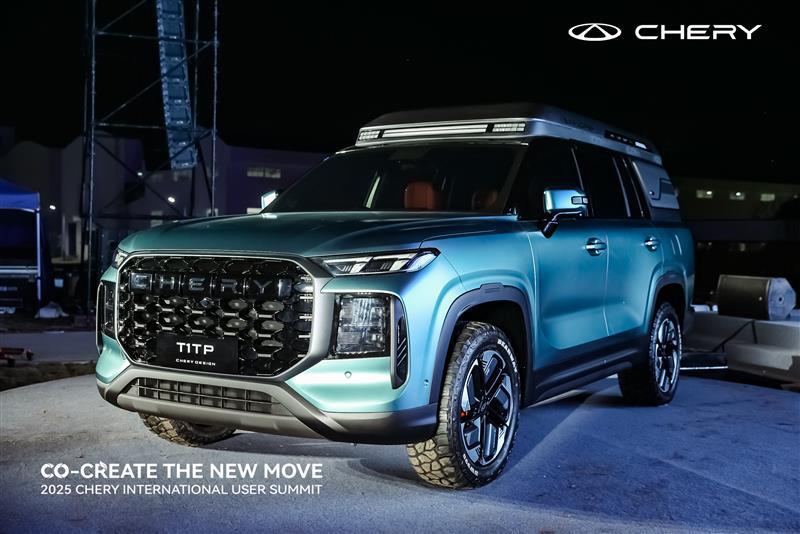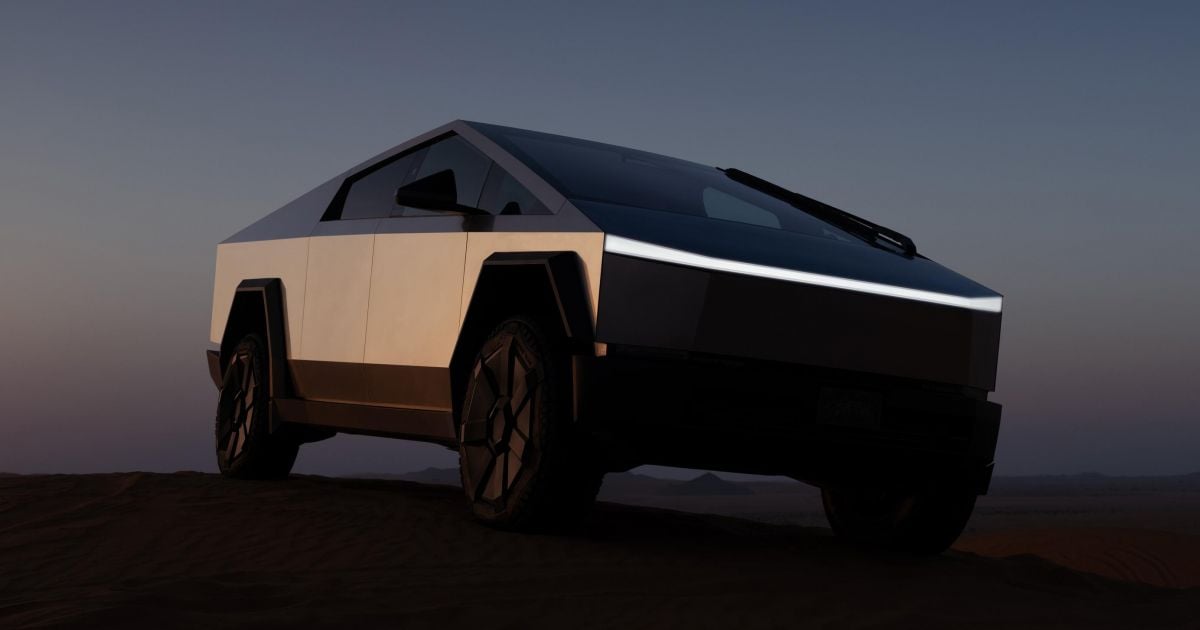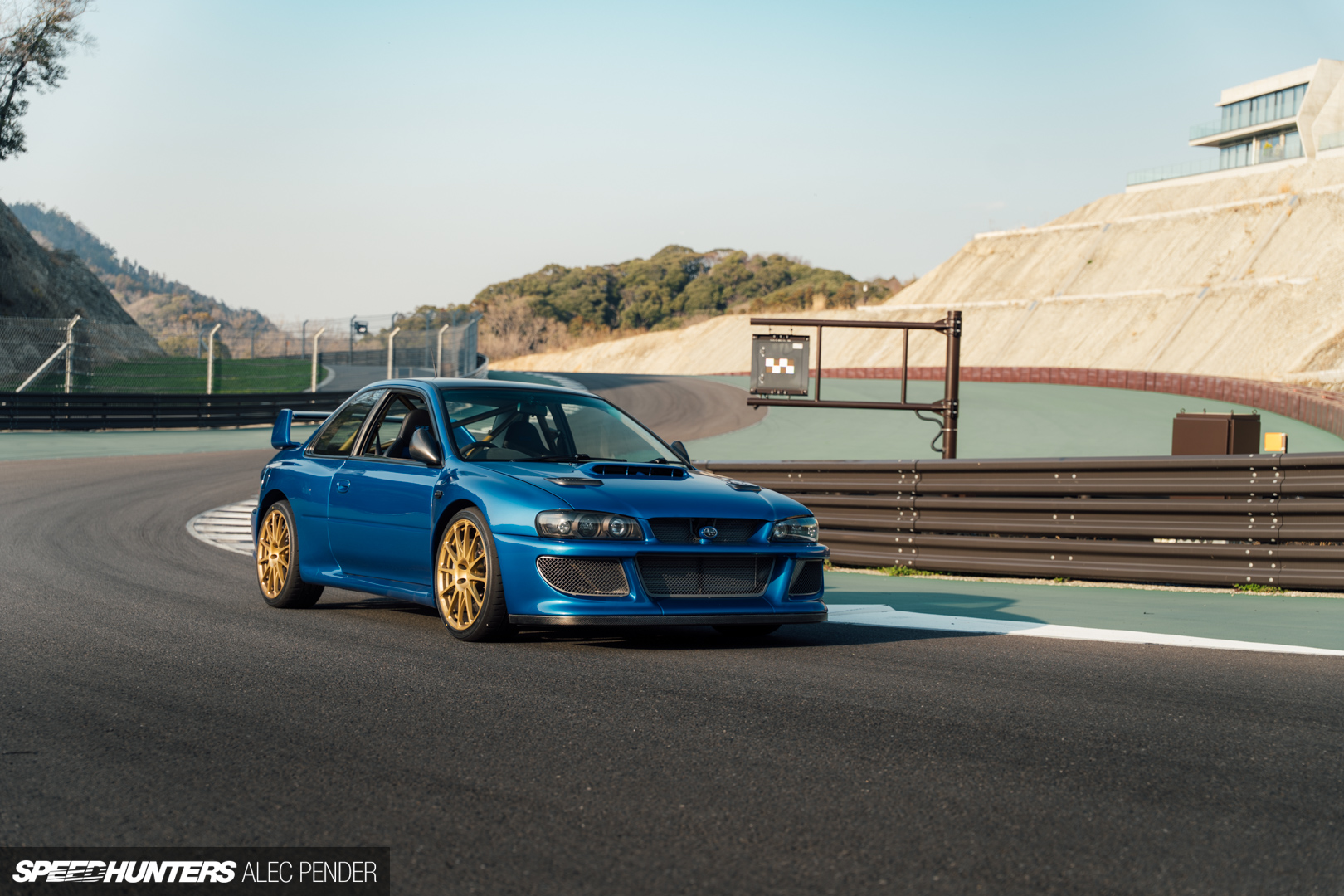Chery Automobile has unveiled an interesting new multifunctional SUV concept car called the ‘6=1’, which is claimed to be equal parts urban commuter, rugged lifestyle vehicle, and tool of trade, thanks to a removable rear canopy – and it’s destined for production in 2026.
It’s clear the Chinese automaker is aiming for mould-breaking versatility here, but unlike the Deepal E07 ‘Multitruck’, which can transform from electric SUV to ute at the push of a button, the 6=1’s hard-top roof structure needs to be removed manually, much like a Jeep Wrangler’s.
Claimed to offer the unprecedented versatility of six different body styles in the one vehicle, the 6=1 projects a genuinely tough stance. Chunky wheel-arches, bold creases, all-terrain tyres and a purposeful front-end design leave no doubt this is no ordinary crossover.
Indeed, it’s being billed the world’s first seven-seat “Transformable Multi-SUV” at the 2025 Chery User Summit in Wuhan, where the 6=1 was revealed.
Chery says the groundbreaking vehicle reflects its commitment to “user co-creation” and “redefines versatility with its disruptive ‘one vehicle, multiple configurations’ design, offering a completely new mobility solution for families around the world”.
CarExpert can save you thousands on a new car. Click here to get a great deal.
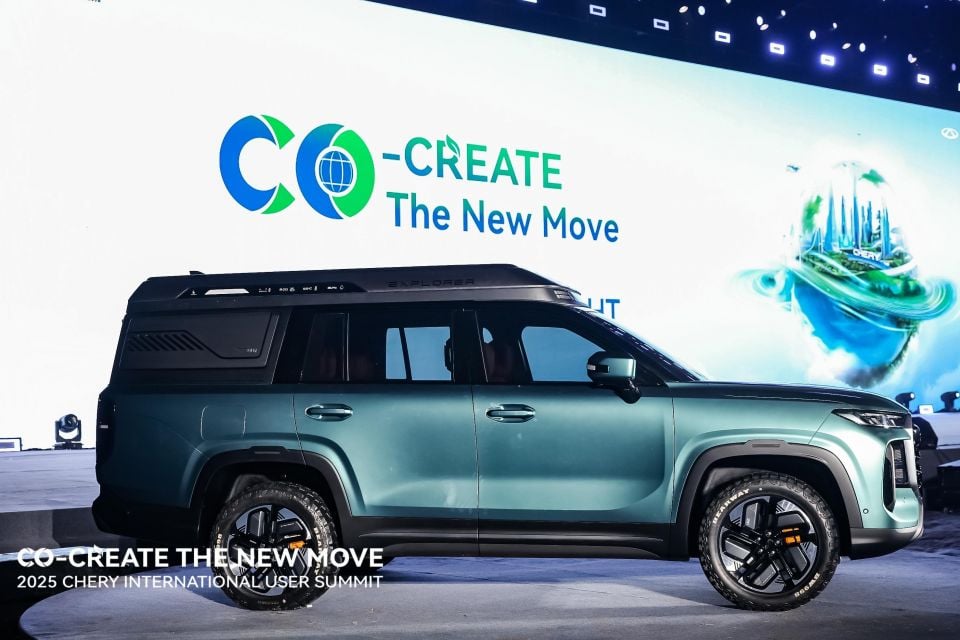
Its defining feature is the removable canopy, which transforms the SUV from everyday family transport to cargo-hauler or weekend adventure rig.
This canopy is more than a styling gimmick. When removed, the vehicle opens itself up to hauling longer items, outdoor gear, or even minimalist camping setups. The design facilitates flexibility and lifestyle utility, in an attempt to stand out in SUV-hungry markets worldwide.
In fact, Chery says that by reconfiguring seats and detaching the rear hatch, the 6=1 can be transformed into six distinct interior and exterior layouts, “covering 99% of family mobility scenarios” and creating “a mobile home that provides the freedom to explore”.
With a length of 4.9 metres and an interior height of 1284mm, Chery says that “even a six-year-old child can stand upright inside, while elderly passengers can enter and exit without bending over” when the vehicle is in ‘Large 7-Seat SUV Mode’.
In ‘Double-Cab Pickup Mode” with the “ingeniously designed quick-release structure” removed, a cargo bed provides 600 litres of storage space with four tie-down points and adjustable dividers to securely accommodate any from surfboards and camping tents to work tools and construction materials, “effectively solving the classic dilemma of choosing between passengers and payload”.
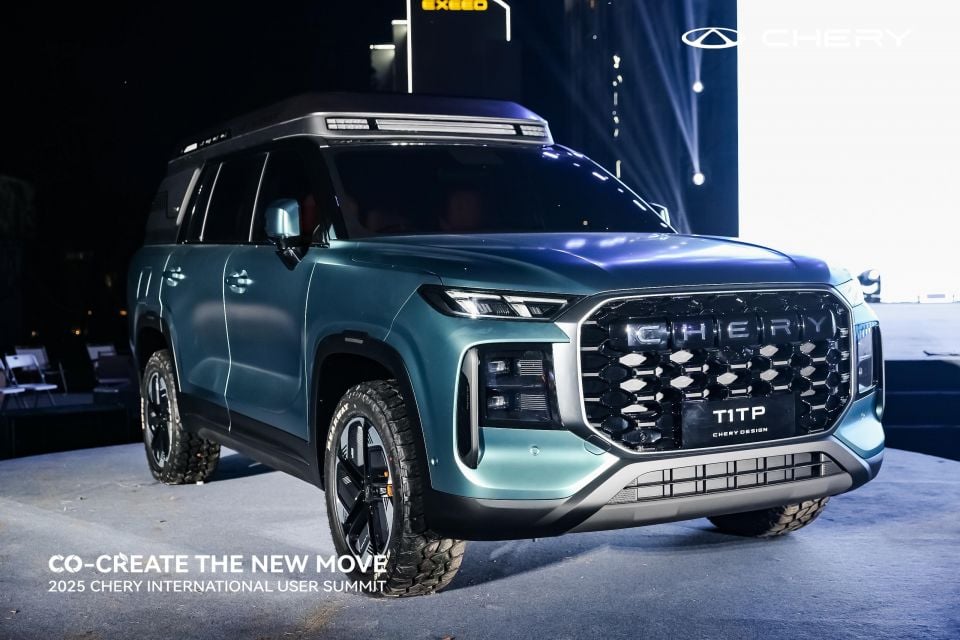
Chery says ‘Camper Mode’ reflects the 6=1’s ability to support “a rich ecosystem of accessories – including side awnings, pop-up roof tents, rear-seat entertainment screens, and external power supply”.
There’s also opportunity to add proper storage pods on the outside of the vehicle (Land Rover Defender-style), because the small storage sections on the development vehicle are insufficient and of little value.
To develop the vehicle, the Chinese automaker said a dedicated 20-member product team has spent more than 300 days conducting on-the-ground research across multiple international markets since February 2024.
In a press release today, Chery said the new model is scheduled for release in the third quarter of 2026, “although there is no confirmed timing for the Australian market”.
The innovative multipurpose SUV comes with some caveats, however. According to Chery’s engineers, the canopy weighs approximately 30kg, meaning it’s no small piece of kit. Two people will probably be required to lift and manoeuvre it safely.

Without electric tools, Chery says removal takes around 25 minutes. With an electric tool kit supplied by Chery, the time drops to about 10 minutes. That’s still a long time for a user wanting to switch configurations ‘on the fly’.
The process itself will need further refinement before Chery can make the feature a genuine selling point rather than a novelty. A 10-minute process is workable, but 25 minutes to remove the canopy manually would likely frustrate many lifestyle buyers.
No images of the interior or ute mode have been released, but these screenshots from a video taken by CarExpert show upper and lower tailgates at the rear.
On the naming front, the engineering team has already floated several model names under consideration. One strong contender – ‘TiggoX’ – seems to have found favour and indicates Chery is leaning towards a sub-brand or variant name that hints at youth and adventure.
With an X suffix denoting ruggedness, the vehicle could act as a bridge between conventional compact SUVs and lifestyle utes and, in markets like Australia (where value, versatility and novelty can help a brand attract new customers), such a concept would stand out.
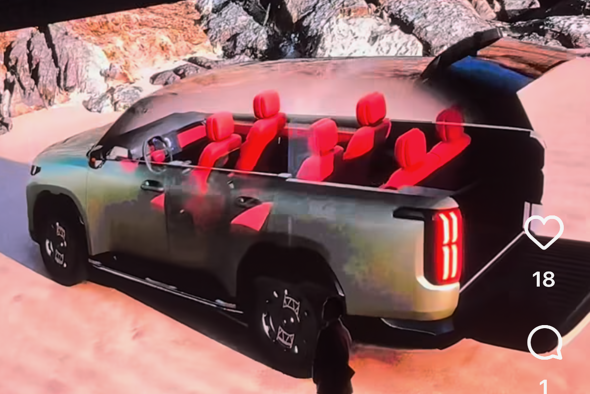
If executed well and priced attractively, the removable-canopy SUV could carve its own niche, but its success would depend on several other factors.
First would be refinement of the canopy removal process – if it’s too cumbersome, the feature becomes more of a gimmick than functional.
Second would be durability and engineering robustness – the canopy must integrate seamlessly and maintain vehicle integrity (safety, weather-proofing, structural strength, etc), without compromising everyday utility.
And thirdly, it would need to be supported by clear messaging and positioning. Consumers need to understand why the canopy adds value and how often they may realistically use the open-top configuration.
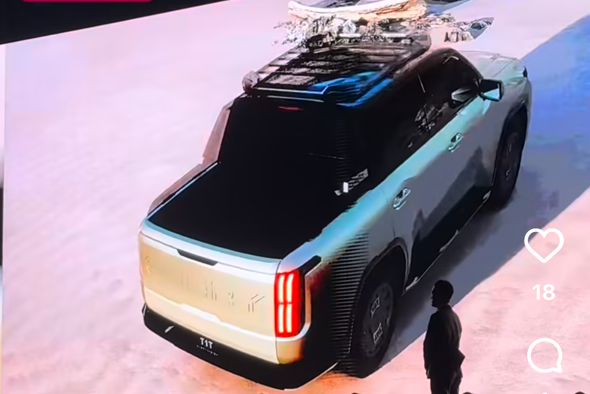
Chery’s new multifunctional SUV is a smart and bold concept, with a tough design and genuine versatility thanks to its unique removable canopy, but the devil is in the execution.
If Chery can streamline canopy removal, make it user-friendly, and integrate it into everyday life (not just weekend fun), this could herald a new sub-segment for ‘lifestyle utility SUVs’.
If it can’t, the ‘TiggoX’ risks being an interesting idea that’s too complicated for most buyers. Either way, this one will be worth watching.
MORE: Explore the Chery showroom
